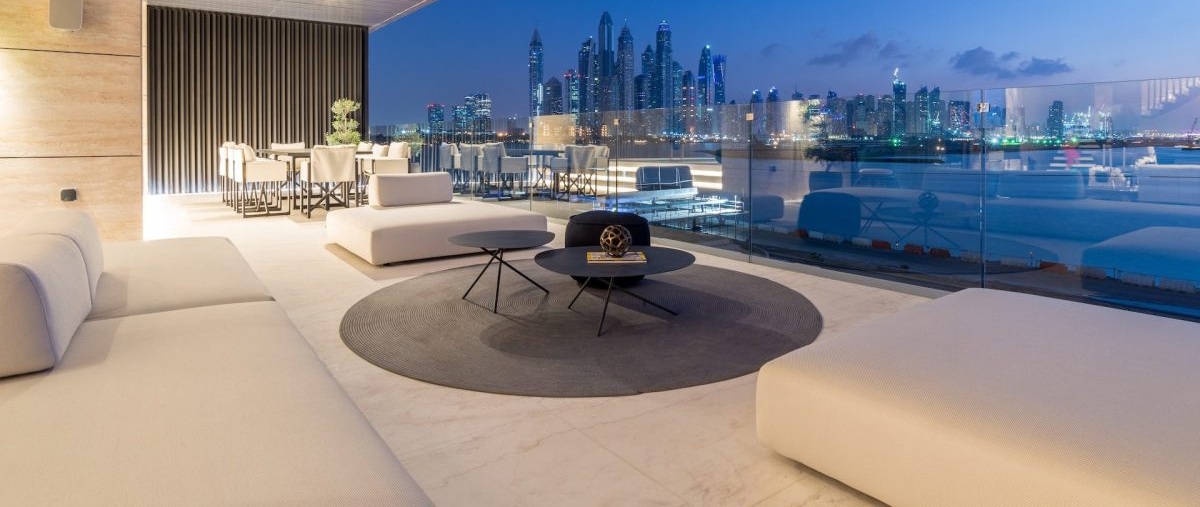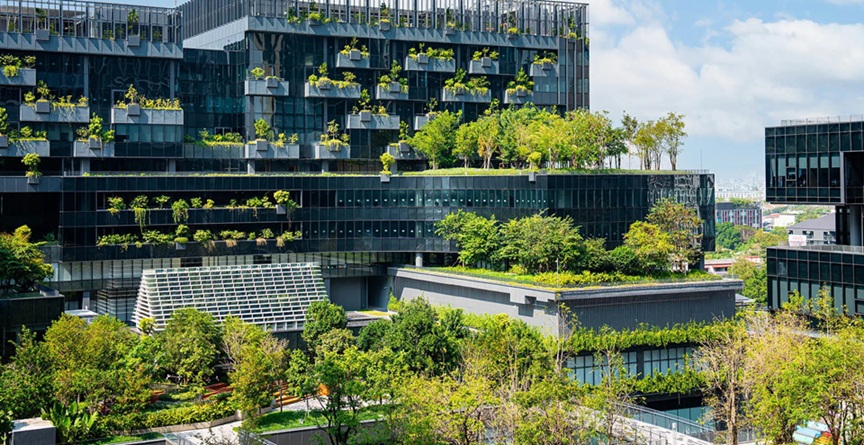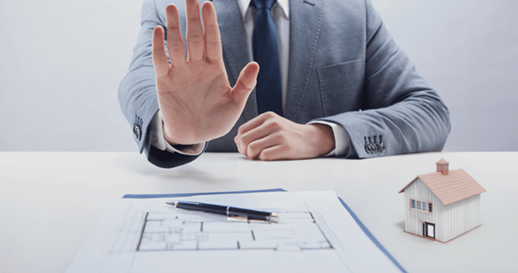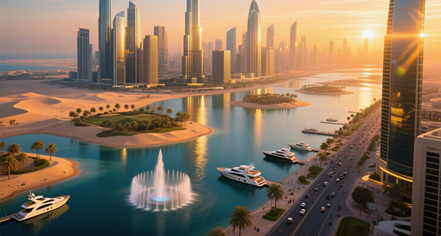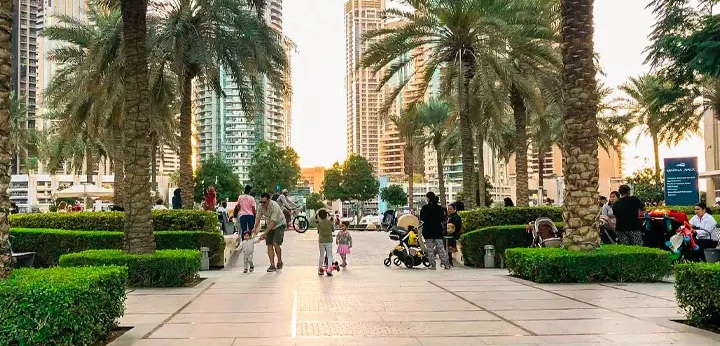How 3D Printing is Reshaping Dubai’s Construction Industry in 2025
Friday, 25 July 2025
Dubai, known for its futuristic skyline and bold architectural ambitions, is leading a construction revolution—powered by 3D printing. With its potential to slash building costs, reduce timelines, and support sustainability, 3D printing is now a central focus of Dubai’s development goals. In 2025, this technology is not just experimental—it’s a core part of how the city builds its future.
Table of Contents
- What is 3D Printing in Construction?
- Why Dubai is Leading the 3D Printing Movement
- Key Benefits of 3D Printing for Dubai’s Construction Sector
- Landmark 3D Printing Projects in Dubai
- What the Future Holds for Dubai
- Frequently asked questions
What is 3D Printing in Construction?
3D printing in construction—also known as additive manufacturing—involves building structures layer by layer using a large-scale 3D printer and specialized materials like concrete, composites, or recycled elements. The process is faster, more efficient, and reduces human error compared to traditional methods.
Why Dubai is Leading the 3D Printing Movement
- Dubai 3D Printing Strategy: Launched in 2016, this visionary government initiative aims for 25% of all buildings in Dubai to be 3D-printed by 2030.
- Innovation-Friendly Environment: Dubai’s focus on smart cities and tech-driven growth makes it a perfect hub for 3D construction innovation.
- Sustainability Commitments: The use of eco-friendly materials and waste reduction aligns with Dubai’s goal to become one of the most sustainable cities globally.
Key Benefits of 3D Printing for Dubai’s Construction Sector
- Rapid Construction: Entire buildings can now be printed in just days, significantly cutting down construction time.
- Lower Costs: Less labor, minimal material waste, and fewer subcontractors result in major savings.
- Eco-Friendly: 3D printers use exact quantities of material, reducing waste. Some projects use recycled or low-carbon materials.
- Creative Freedom: Architects can build complex, futuristic designs that would be costly or impossible with traditional techniques.
- Improved Safety: Fewer on-site workers and more automation reduce workplace hazards.
Landmark 3D Printing Projects in Dubai
World’s First 3D-Printed Office
Constructed in just 17 days near Emirates Towers, this fully functional office building set a global benchmark.
Affordable Housing Projects
Dubai Municipality has begun collaborating with global partners to build sustainable, affordable housing units using 3D printing.
Commercial Warehouses & Facilities
Larger-scale industrial and retail buildings are also being printed faster and at lower cost.
Challenges Ahead
- High Setup Costs: Initial investment in printers and materials remains high.
- Skilled Labor Shortage: Engineers and construction workers require specialized training.
- Material Compatibility: Not all traditional materials are printable.
- Building Code & Regulations: Legal frameworks are still adapting to accommodate 3D-printed structures.
What the Future Holds for Dubai
Dubai is positioning itself as the global capital for 3D-printed construction. With continued government support, increasing investment in R&D, and a clear sustainability agenda, the future looks promising.
Key trends to expect:
- Wider use of recycled and low-carbon materials
- Integration of AI and robotics into 3D printers
- Increased focus on smart, modular housing units
- Expansion of on-site mobile printing units for remote or desert locations
3D printing is no longer a futuristic concept—it’s a present-day reality shaping the way Dubai builds. As the city pushes forward with its 2030 vision, expect to see entire neighborhoods and even skyscrapers emerging from 3D printers. For developers, contractors, and architects in Dubai, the time to embrace 3D construction is now.
Frequently Asked Questions (FAQs)
What is 3D printing in construction and how does it work?
3D printing in construction refers to using large-scale printers to build structures layer by layer using materials like concrete or composites. The process is automated, faster, and more precise than traditional construction methods.
Why is Dubai investing heavily in 3D-printed construction?
Dubai aims to be a global leader in innovation and sustainability. Through initiatives like the Dubai 3D Printing Strategy, the city plans to construct 25% of buildings using 3D printing by 2030 to reduce costs, waste, and construction time.
What are the main advantages of using 3D printing for construction in Dubai?
Key benefits include faster project completion, reduced labor and material costs, eco-friendly practices, design flexibility, and enhanced construction site safety.
Are there any major 3D-printed buildings already completed in Dubai?
Yes, Dubai is home to the world’s first 3D-printed office building and has several ongoing projects involving residential units, warehouses, and commercial spaces built using 3D printing technology.
What are the challenges of implementing 3D printing in Dubai’s construction sector?
Challenges include high initial setup costs, limited skilled labor, material limitations, and the need for updated building regulations to accommodate this new technology.

